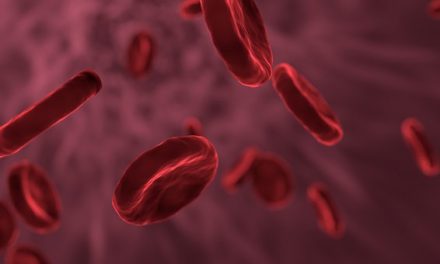NEW ON DRSUE.CA! Prefer to listen? Check out my audio recording of this post here:
Everyone loves a mythbuster! This excellent Clinical Practice Statement by the US Obesity Medicine Association (OMA) works to dispel not 1, not 2, but THIRTY myths, misunderstandings, or oversimplifications about obesity.
This entire article is a great read (and a free download). While I agree with much of the mythbusting outright, I have chosen six myths which I felt deserved a little more commentary, highlighting, disagreement, or explanation. Those that I agree are myths (ie statement is indeed false) I have colored in red; those that I disagree with being myths (ie, statement is true) I have colored in green. I am splitting this into two blogs. Here is part 1!
Myth #17. Increased subcutaneous adipose tissue is healthy; increased visceral adipose tissue is not.
We often talk about excess fat tissue in the abdomen and in/around organs (visceral fat) as being the unhealthy fat, as we know that visceral fat is a big contributor to the hormonal and inflammatory changes that contribute to metabolic diseases like diabetes and heart disease. Subcutaneous adipose tissue (fat under the skin) is generally thought of as not contributing so much to metabolic disease, although the deep component is considered pathogenic (ref 121 in paper). So, subcutaneous fat can also contribute to obesity-related metabolic disease. We must also remember that the weight of excess fat (subcutaneous or visceral) contributes to the mechanical health complications of obesity, like joint pain/arthritis, sleep apnea, skin issues, and so forth.
Myth #21. Nutrition medical therapy is more effective when based upon patient preference.
This paper discusses meta analyses suggesting that the preference of the individual has no significant effect on duration of adherence to a nutrition program. They emphasize that nutritional factors related to better outcomes include the balance of calorie sources (protein vs carbs vs fat), ensuring adequate micronutrients (vitamins and minerals) in the diet plan, higher fiber, lower energy density (eg lots of veggies), and that the person agrees to follow the plan. They suggest that effective change sometimes requires choices and behavior that differ from what people would prefer to do, and/or historically have done.
While as a scientist I can appreciate that the data comes out neutral, as a doctor supporting patients every day in weight management, I disagree with the above statement being a myth. We know that the Mediterranean diet is the only one that has been shown to reduce cardiovascular events, so should I be advising all my patients to follow this diet? I could see many of my patients never coming back to see me if I told them that they had to eat certain foods , at certain times or in a certain way. (which, for the record, I would never do). Our Obesity Canada guidelines state:
Adults living with obesity may consider various nutrition intervention options that are client-centred and flexible. Evidence suggests this approach will better facilitate long-term adherence.
While the overall data may come out saying it ‘doesn’t matter’ what the person actually wants to have in their diet, looking at the data as a whole is by definition losing the variation (and importance) of each individual’s weight management journey . We must continue to work within each person’s culture, preferences, and social structures to find healthy changes that will work for them, and support them with any of the Three Pillars of obesity treatment to support those healthy changes.
Myth #23. A 500 kcal deficit per day will reduce body fat by 1 lb per week.
This statement is very deserving of some serious myth-busting. A number of years ago, this is what we thought to be true. Simply calculate a 500 calorie deficit per day, and weight will come off at a rate of 1lb per week, with re-calculations as weight goes down to account for the decrease in calorie burn when a person is moving a lower body weight in their daily life activities. Not so! While one pound of fat does store about 3500 calories, the story of what happens with weight loss is actually much more complicated than that.
As the paper points out, in initial phases of weight loss, the body’s glycogen stores are depleted. At least 3 grams of water are stored with each gram of glycogen, so body water is lost with the glycogen stores. This can make the initial days/weeks of weight loss seem to go ‘swimmingly’ (pun intended). As the glycogen stores are depleted and weight loss then becomes more about fat reduction (about 2/3 of weight loss from there is fat, 1/3 muscle), the rate of weight loss slows down, which can seem disappointing to the person who is still working just as hard as they were when weight was coming off faster.
Resting metabolism, unfortunately, decreases with weight loss, more than just the reduction due to carrying less weight alone. So re-calculating the calorie needs (and the 500 calorie/day deficit) purely based on body weight alone is going to overestimate the calorie needs.
We must also remember that any calculation of calorie needs is subject to error. So calculating a 500 calorie deficit is a guess at the best. To really know daily calorie needs, you’d need to spend 24 hours in a ‘respiration chamber’ having what you breathe in and out, what you eat and drink, and what you excrete rigorously measured – a set up that only a few research centers in the world have access to.
Stay tuned for next week’s blog where I take on three more of these myths!
Share this blog post using your favorite social media link below!
Follow me on twitter! @drsuepedersen
www.drsue.ca © 2023












